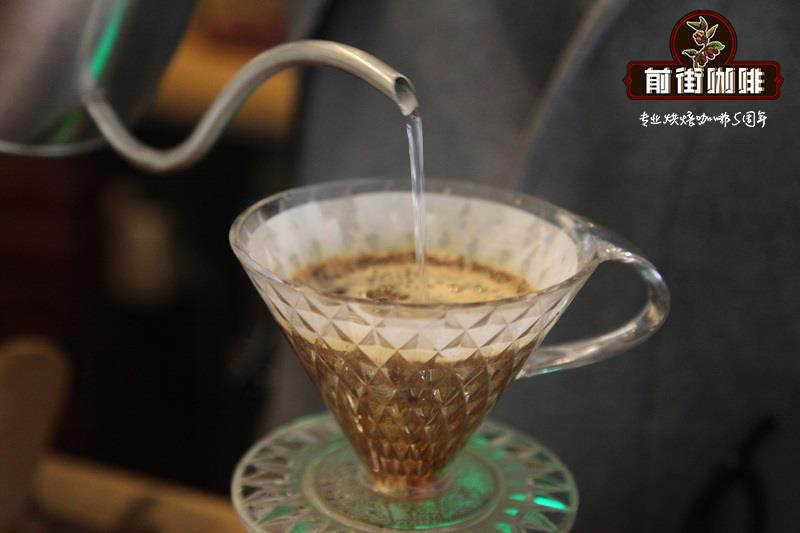Panama Rosa Coffee Source Panama Rose Summer Why famous Panamanian Coffee Why good

Professional coffee knowledge exchange more coffee bean information please follow the coffee workshop (Wechat official account cafe_style)
Coffee production began in Panama in the 19th century, when a retired British captain met a Panamanian woman and married her, who started a farm with coffee seeds. The original plantations were located in lower coastal areas, but coffee cultivation moved to the mountains and the Poquet Valley to avoid diseases and insect pests in the lowlands.
Poquet is located in the western highlands, and Volcan, another major growing area, is on the other side of the volcano, called Volkambaru. The microclimate of these two areas is very suitable for coffee production. Coffee grows in rich volcanic soil at an altitude of 1200-1800 meters, and the Pacific and Atlantic breezes create microclimates. Although Panama does not produce a lot of coffee, the country is known for discovering and maximizing the potential of the Gesha variety.
Gesha originally came from Ethiopia, but its full potential was realized in Panama. In the mid-1990s, the Peterson family, which owns Hacienda Esmerelda, began experimenting with planting a limited number of Gesha trees on their estate. They soon realized that the outline of the cup was one of the best they had ever experienced. After hard work on the agronomy, harvest and processing of coffee, they have created one of the best coffee in the world. Panama produces mainly Katola and Typica varieties, and Gesha coffee has won them an international reputation. Since the Peterson family first introduced the Gesha grape variety, it has been produced in Panama and other Latin American countries.
Overall, Panama focuses on high-quality / low-yield coffee, which accounts for about 1% of world coffee production. Prices are often on the high side, but cups reward those who are willing to pay the price.
END
Important Notice :
前街咖啡 FrontStreet Coffee has moved to new addredd:
FrontStreet Coffee Address: 315,Donghua East Road,GuangZhou
Tel:020 38364473
- Prev

Yega Xuefei's unique taste and what is the difference between washing and tanning?
Professional coffee knowledge exchange more coffee bean information please pay attention to the coffee workshop (Wechat official account cafe_style) Qianjie-Yejasuefei flavor reasons, a brief introduction to sun washing treatment Yejasuefei is a small town, 700-2100 meters above sea level, is synonymous with Ethiopian boutique coffee. It has been a wetland since ancient times, and the ancient saying Yirga means to settle down, Cheffe.
- Next

How did you get the coffee from Papua New Guinea? how's the coffee from Papua New Guinea?
Professional coffee knowledge exchange more coffee bean information please follow the coffee workshop (Wechat official account cafe_style) in 1885, the island of New Guinea became a colony for the first time, Germany occupied the north and Britain occupied the south. At that time, the rugged, mountainous interior had not yet been mapped, and it was thought to be too desolate to live in.
Related
- Beginners will see the "Coffee pull flower" guide!
- What is the difference between ice blog purified milk and ordinary milk coffee?
- Why is the Philippines the largest producer of crops in Liberia?
- For coffee extraction, should the fine powder be retained?
- How does extracted espresso fill pressed powder? How much strength does it take to press the powder?
- How to make jasmine cold extract coffee? Is the jasmine + latte good?
- Will this little toy really make the coffee taste better? How does Lily Drip affect coffee extraction?
- Will the action of slapping the filter cup also affect coffee extraction?
- What's the difference between powder-to-water ratio and powder-to-liquid ratio?
- What is the Ethiopian local species? What does it have to do with Heirloom native species?

